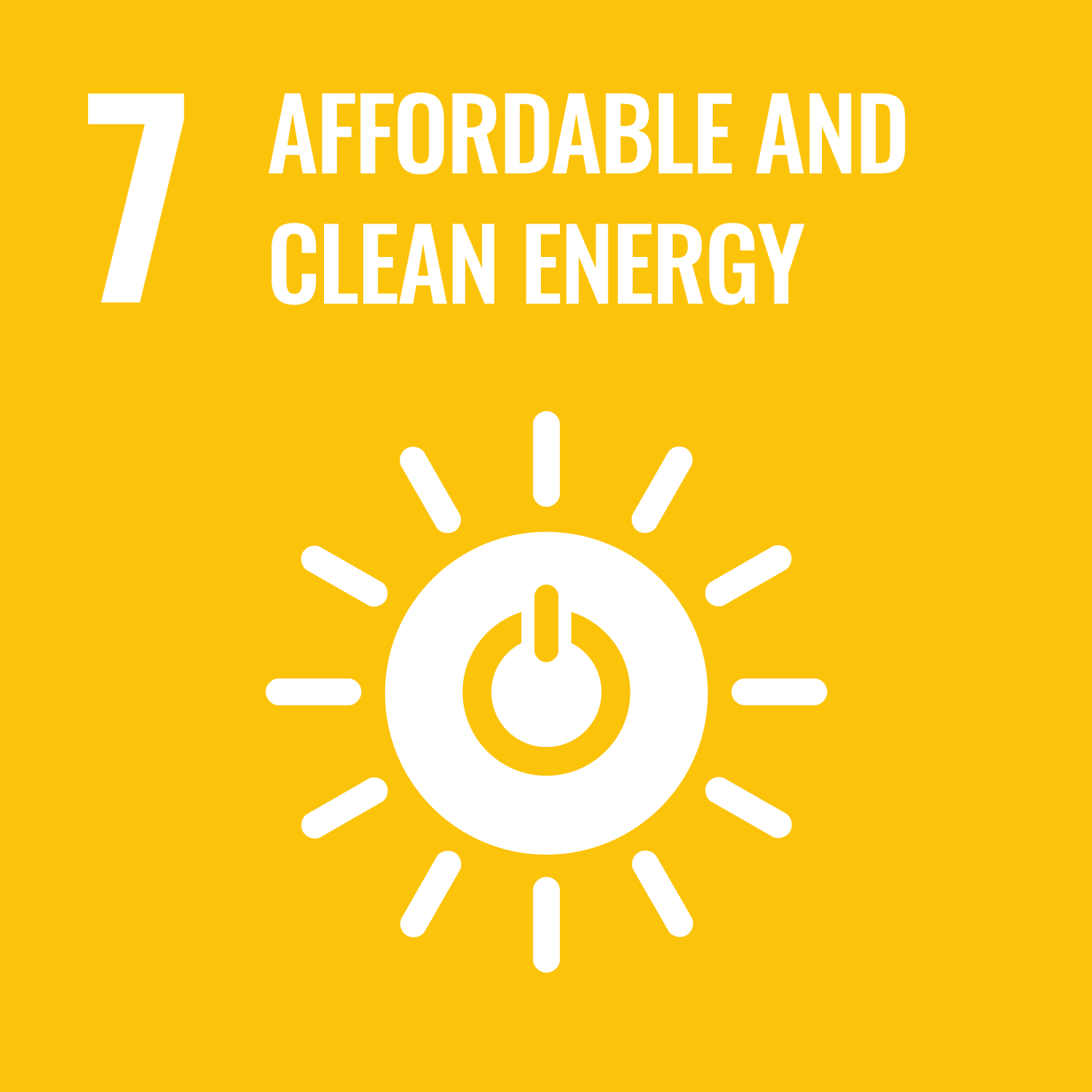This course will discuss the handling and simulation of control systems through the state space method, estimate dynamic characteristics,
and control system design methods through modern control theory. Specifically, equation of state will be introduced and its
relation to transfer functions will be explained. Then, the controllability and observability concepts based on coordinate
conversion will be introduced. After raising basic theories relating to control system stabilization, control system design
methods through modern control theory and several examples of application will be described.
This course will discuss the handling and simulation of control systems through the state space method, estimate dynamic characteristics,
and control system design methods through modern control theory.
- Students can understand of modern control theory.
- Students can design a control system based on state-space approach.
- Students can apply the control design theory to practical systems.
| Class schedule | HW assignments (Including preparation and review of the class.) | Amount of Time Required | |
|---|---|---|---|
| 1. | Equation of state and transfer functions | Chapter 8 | 100minutes |
| 2. | Equation of state solutions and state transitive matrix | Chapter 8 | 100minutes |
| 3. | Stability and discrimination of stability | Chapter 8 | 100minutes |
| 4. | Coordinate conversion and system equivalence | Chapter 9 | 100minutes |
| 5. | Diagonal canonical form and controllability and observability | Chapter 9 | 100minutes |
| 6. | Controllability canonical form and observability canonical form and their applications | Chapter 9 | 100minutes |
| 7. | State feedback control and stabilization | Chapter 10 | 100minutes |
| 8. | Direct feedback control and root locus method | Chapter 10 | 100minutes |
| 9. | Stabilization through serial compensators | Chapter 10 | 100minutes |
| 10. | Stabilization by observers | Chapter 10 | 100minutes |
| 11. | Servo system design | Chapter 11 | 100minutes |
| 12. | Optimal regulator design | Chapter 11 | 100minutes |
| 13. | Kalman filter | Distributed material | 100minutes |
| 14. | Examples and applied design. Examination |
Preparation | 100minutes |
| Total. | - | - | 1400minutes |
| Report | Examination | Total. | |
|---|---|---|---|
| 1. | 15% | 20% | 35% |
| 2. | 15% | 20% | 35% |
| 3. | 15% | 15% | 30% |
| Total. | 45% | 55% | - |
1. The evaluation depends on the presentations in reading club format (30%), report (30%) and examination (40%).
2. 60 points (60%) implies that students can design the basic control systems based on state-space approach and can apply the control design theory to practical systems.
2. 60 points (60%) implies that students can design the basic control systems based on state-space approach and can apply the control design theory to practical systems.
References:
1. Thomas Kailath 「Linear Systems 」Prentice-Hall
2. G.C. Goodwin and K.S. Sin, Adaptive Filtering Prediction and Control, Prentice-Hall
3. S. Sastry and M. Bodson, Adaptive Control Design and Analysis, Wiley-Interscience
4. V.I. Utkin, Sliding Modes in Control Optimization, Springer-Verlag
1. Thomas Kailath 「Linear Systems 」Prentice-Hall
2. G.C. Goodwin and K.S. Sin, Adaptive Filtering Prediction and Control, Prentice-Hall
3. S. Sastry and M. Bodson, Adaptive Control Design and Analysis, Wiley-Interscience
4. V.I. Utkin, Sliding Modes in Control Optimization, Springer-Verlag
- Course that cultivates an ability for utilizing knowledge
- Course that cultivates a basic problem-solving skills
| Work experience | Work experience and relevance to the course content if applicable |
|---|---|
| N/A | N/A |


- 7.AFFORDABLE AND CLEAN ENERGY
- 9.INDUSTRY, INNOVATION AND INFRASTRUCTURE
Last modified : Fri Mar 18 22:01:42 JST 2022
